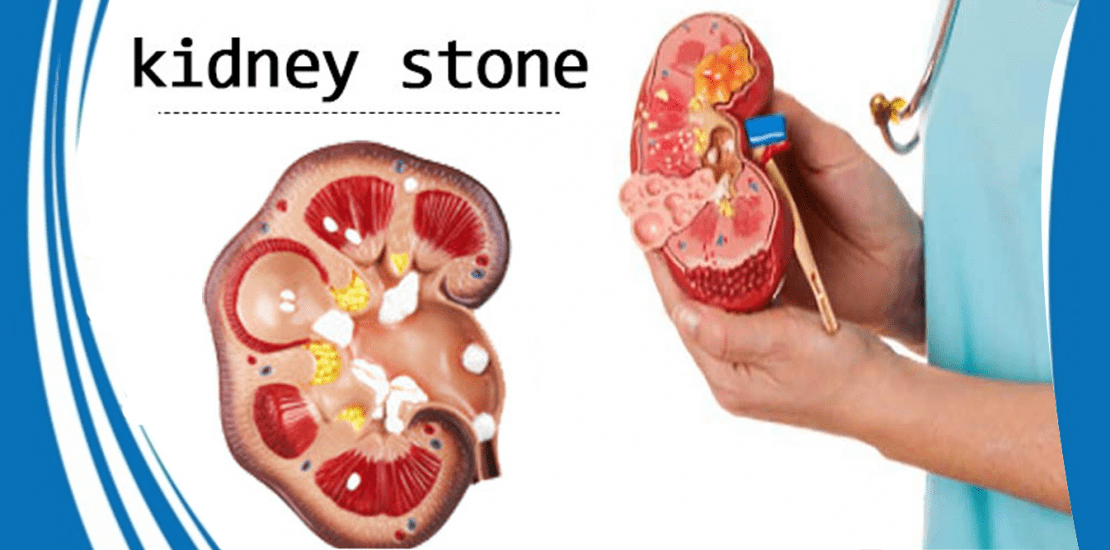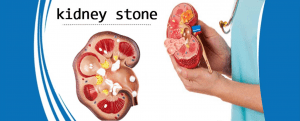- July 18, 2022
- Posted by: Dr. Devendu Shah
- Category: urologist

The kidney stone may cause severe pain in both men and women. It is one of the most neglected problems in our society. Normally, people start noticing it when the pain has started to an unendurable level. According to Dr. Devendu Shah Urologist in Baner, although the signs of kidney stone give signal now and then mostly we ignore it until and unless it takes a more serious form. A majority of patient grappling from kidney stone issue visits to the healthcare provider every year seeking an appropriate treatment for this painful problem. A timely consultation with the urologist may help you to get rid of the kidney stone, especially when the size of the stone is not so big.
What is Kidney Stone?
Our urine comprises many dismissed crystals and salts. When the urine contains a high level of these minerals and salts, we are considered at the risk of forming a kidney stone. The kidney stone usually consists of calcium oxalate, however, it may contain different other components as well. It occurs due to the buildup of dissolved minerals on the inner lining of the kidneys. Some stones are small enough to pass unnoticed through the urinary tract, while other kidney stones can grow to the size of a golf ball while maintaining a sharp, crystalline structure. Some stones accommodate in the kidneys and hardly exhibit any significant problem.
The kidney stone often travels down the ureter – a tube connecting the kidney and the bladder. When the stone reaches the bladder, it usually passed out of the body through urine. However, if the stone lodged or stuck in the ureter, it blocks the urine flow and causes debilitating pain.
Causes of Kidney Stone
Kidney stones are hard deposits containing minerals and salts that form inside the kidneys. There can be several prominent causes for kidney stones and they can affect any part of your urinary tract system – from the kidney to the bladder.
A prominent cause for developing kidney stones is constant low urine volume. The state of low urine volume may transpire due to dehydration from hard exercise, living or working in a hot place, and not consuming an adequate amount of fluids. When this situation (low urine volume) exists, urine is concentrated and becomes dark in color. The concentrated urine indicates there are a scanty amount of fluids to keep the salt dissolved. Enhancing fluid consumption will dilute the salts in your urine, thus reducing the risk of stone forming.
Symptoms of Kidney Stone
A kidney stone does not shows a noteworthy sign or symptom until moves around within your kidney or passes into the ureter. At this stage, you may find apparent kidney stone symptoms that may include as such below:
- Experience acute or excruciating pain in the side and back, below the rib.
- Pain that surfaces to the low abdomen and groin.
- Pain that occurs in waves and fluctuates in intensity.
- Pain during urination.
- Nausea and vomiting.
- Frequent need to urinate.
- Pink, red or brown urine.
- Burning sensation during urination.
- Fever and chills if there is an infection
- Pus or white blood cells in the urine.
- Foul-smelling urine.
- Urinating in small an amount.
Treatment for Kidney Stone
Dr. Devendu Shah, performed various successful kidney stone treatment, asserts that a conducive treatment for kidney stone will enormously depend on the type, cause, and size of the kidney.
Small stones with minimal symptoms
Drinking water: Drinking lots of water (2.5 to 3 liters) a day will help to flush out your urinary system.
Medical therapy: The doctor provides medication to help pass your kidney stone. Such medication is known as an alpha-blocker that relaxes the muscles in the ureter.
Pain relievers: To ease the pain and discomfort transpire during the passing of small stones, the doctor may recommend pain relievers such as ibuprofen, acetaminophen, or naproxen.
Large stones with prominent symptoms
For recurrent, large or complex kidney stone that is quite painful require special treatment. The majority of these kidney stones can be removed utilizing minimally invasive techniques such as shock waves lithotripsy (SWL), percutaneous surgery, or ureteroscopy. Shock wave lithotripsy is a relatively non-invasive procedure that utilizes shock waves to break stones into small fragments so that they can pass out naturally in the urine.
Patients with large stones placed in the regions where lithotripsy is not possible may have to undergo surgery to remove the kidney stone. The procedure will include the removal of stone through an incision made in the back or by inserting a thin tube into the urethra.
In a nutshell, it is called prevention is better than cure, the maxim is quite befitting in the case of kidney stone patients. If you are an individual in good health, preventing kidney stones is quite easy, all you need to do is to keep yourself hydrated. If you are at higher risk, consult the doctor without wasting any unnecessary delay.

